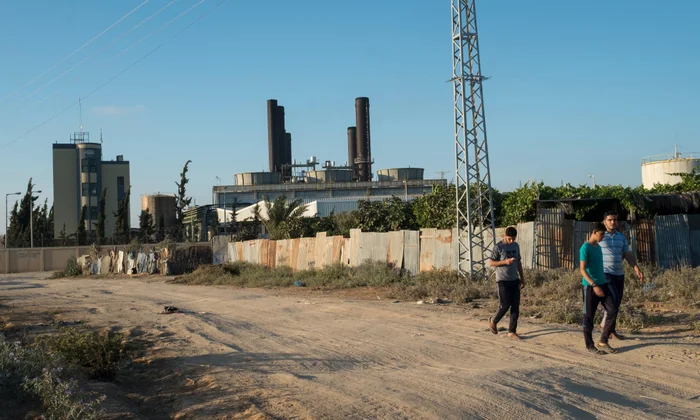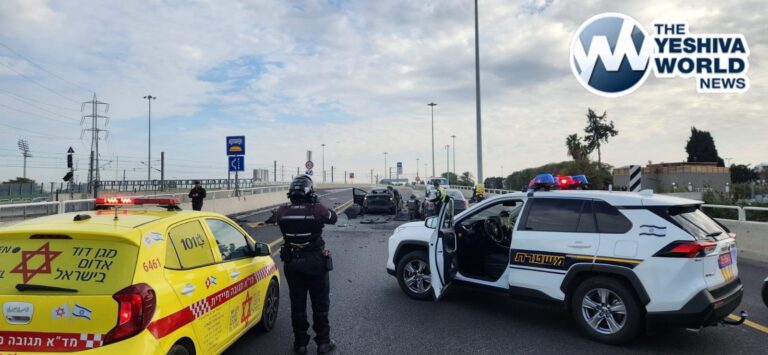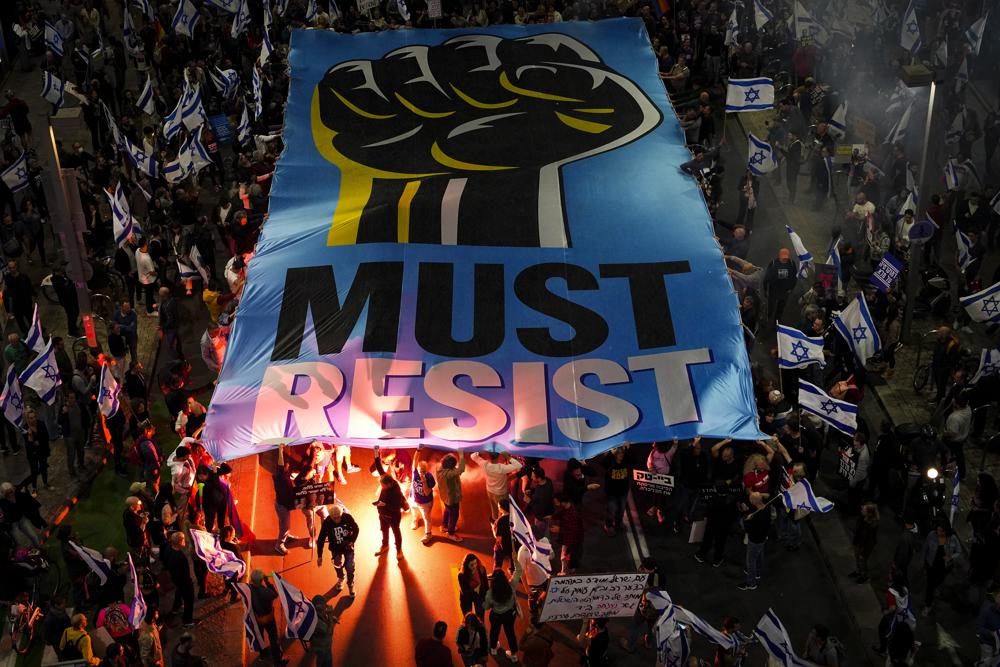Project CHAI, the Trauma and Crisis Intervention arm of Chai Lifeline, has opened its 24-Hour Helpline to help parents whose children have been impacted by the impending hurricane preparations, or its aftermath either directly, by viewing it on screen, or hearing about it.
Parents educators, Rabbis and others who need guidance in talking to or responding to children’s experiences or questions are urged to reach out for appropriate guidance.
For 24 hour assistance, call 855-3-CRISIS or email [email protected]
COPING WITH THE AFTERMATH OF NATURAL DISASTERS: A GUIDE FOR FAMILIES
Any occurrence that constitutes a significant break in routine coupled with a potential threat to life and limb can evoke traumatic reactions. Many residents in our community have been exposed to such trauma during the recent hurricane and may be emotionally reeling from its impact.
The following suggestions for helping your children and family cope with the lingering impact and effects of this calamitous event may be helpful as the entire community comes to grips with the devastating storm.
The likelihood of a traumatic or destabilizing reaction on your part and that of your children will partially depend on the extent to which there has been exposure to injury and property damage.
Past history of trauma, especially recent, can exacerbate the existence of a stress reaction. This is true even if the prior event was unrelated and different in nature. For example, a child who recently experienced an injury or witnessed a vehicular accident may combine these two events and experience increased trauma. Everyone inherently differs in the extent to which they respond to frightening events. People who are susceptible to anxiety and frightful anticipation will probably respond more profoundly than someone who is by nature less rattled by changes in routine or circumstances.
It is not uncommon to have a dormant period with little or no response between the event and ultimate traumatic reaction. This is particularly the case when individuals are preoccupied with the practical life necessities in the aftermath of calamity. It is possible that you will only become cognizant of the storm’s emotional toll when life returns to normal and calm is restored. Please do not be surprised if you and/or your child experience traumatic responses weeks later, even long after your daily routine and abode are settled.
It is essential, especially for children ages six years and older, that all changes in your surroundings and lifestyle are adequately explained. The rarity of these events should be emphasized.
Children under six will probably be more responsive to diffuse demonstrations of safety and security such as holding, soothing remarks, and concrete expressions of affection.
Once your children are calmed, it is helpful to keep them busy with recreational and educational activities. Social activities, if available, can be very helpful. Be sure that forms of recreation, learning, and other consuming activities can be conducted without electricity.
If culturally applicable, it is helpful to account for these events and their aftermath in a religious or spiritual context. Prayer, Torah study, and good deeds can both empower and distract children during these times. If highlighting G-d’s strength and domination, be careful not to sculpt your comments in such a way that He is seen by the child in a destructive or cruel context.
Common reactions to trauma that can be observed immediately or at a later juncture include flashbacks, startle reactions, avoidance of reminders, irritability, physical complaints, sleep disturbance, hopelessness, despair and other significant changes in behavior and mood. If you see these changes in your child, ask your child if the frightening images and occurrences during hurricane sandy are on his or her mind. If you do not see any such responses, there is no need (nor is it recommended) to initiate discussions or ask about them.
Keep in mind that children, particularly younger children, are prone to expressing emotion, anxiety, or concern at the most unexpected or even inopportune times. Try to immediately respond even if the time or context is inconvenient and unconducive.
Elementary school-aged children (and boys in particular) are often fascinated with the details and adventurous circumstances surrounding catastrophes. They are most prone to rumors and exaggerated accounts. Facts should be succinctly and clearly conveyed. The rare and hair-raising stories should be placed in the context of both sorrow and their pronounced unlikelihood to recur. Unfounded and exaggerated rumors or descriptions should be categorically and briefly corrected.
If a child is preoccupied with some aspect of the physical destruction of his or her home or neighborhood, it may be helpful to concretely show them the reparative activities and ultimate restoration of the integrity of their home and surroundings.
The prolonged absence of electrical power and darkness can also increase irritation, impatience and, petulance among children and adults. Try to get out of your home if this occurs. Visit others with normal light and appliances or try to create another type of break or excursion.
There are many effective techniques today to address post traumatic reactions in children and adults. Do not hesitate to seek out a professional if anyone if anyone in your family displays ongoing disruptive symptoms in the aftermath of the storm.
Chai Lifeline and many of the other reputable agencies and organizations in our community are readily available to assist and advise those who have any such concerns. Please feel free to avail yourself of this help.
If you have any further questions or need additional assistance or clarification, Chai Lifeline has set up a help line that is staffed by professionals. Please call 855-3-CRISIS. The number is monitored day and night.
(YWN World Headquarters – NYC)











